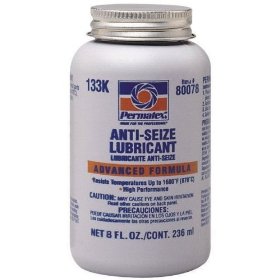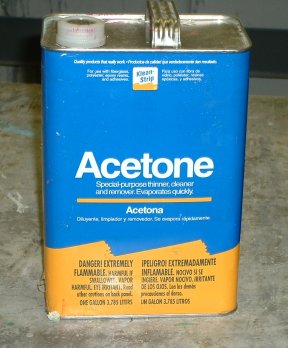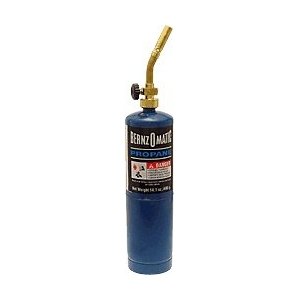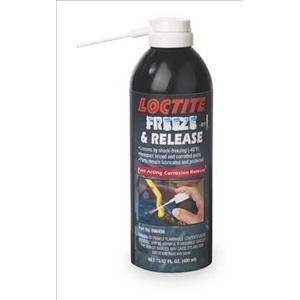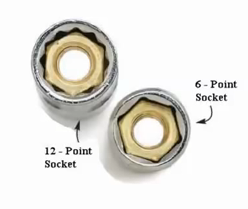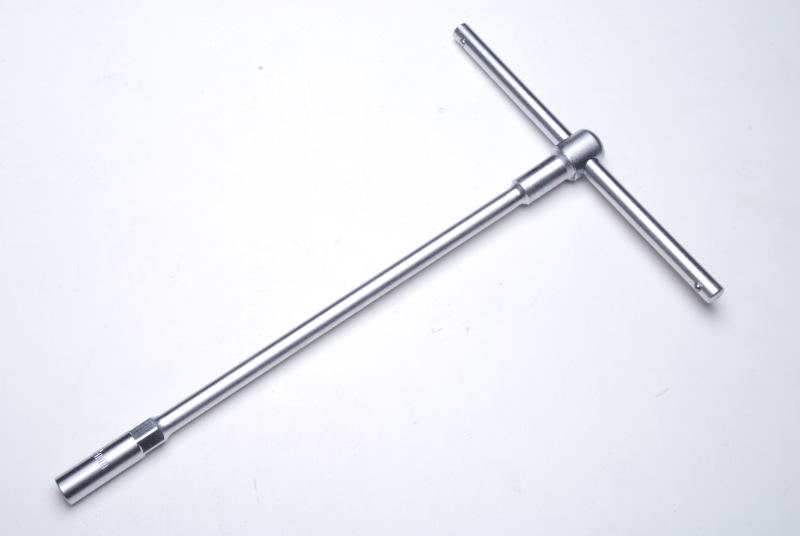1966_L78 said:So I stripped the threads on my intake trying to remove the heater hose nipple... I have another used manifold, but it also has a stuck hose nipple..
So I may need a new intake... Nothing fancy, 402 Big block, unknown cam, headers, and I'll be running a square bore carb ( "Summit" vacuum secondary carb I have sitting here)... I want to go with an aluminum intake.
Checking out Summit, I came up with these choices (in random of cost):
1) Summit Brand Stage 2, SUM-226024, $230, dual plane
2) Summit Brand Stage 3, SUM-226020, $240, dual plane, "air gap" style
3) Edelbrock RPM, EDE-7161, $258
4) Edelbrock RPM Air Gap, EDE-7561, $290
5) GM, NAT-12363407, $293
I have also considered:
Ground Up, #3885069, $330 plus shipping... I know this is a Rectangular port intake and I have oval heads. I KNOW it works fine, and I like the "stock" look AND the horizontal heater hose fitting (I have a '67, and that's the way the came. IMO the heater hose sticking straight up just doesn't look right with no alternator to block the view)...
Not sure I want to spend that much though... Although its really not a huge difference in price... Trying to be "low budget", but also trying to get this thing up and running really soon...
I guess I am mainly looking at the quality... I'd guess performance is going to be similar (not a race car anyway)...
I really like Summit, and their prices and free shipping, and I have used their brand many times, and usually satisfied... But not sure on the manifolds...
having a good local machine shop TIG WELDING THE DAMAGED AREA on that ALUMINUM INTAKE and re-drilling and re-tapping the area for the appropriate NPT size sounds like it would be cheaper and easier than buying a complete new intake manifold
and yeah, owning a decent tig welder and owning a good drill press with a good vise or mill sure helps.
now I can,t help but think thats the smarter route simply because its not all that un-usual to have put 6-9 hours or more into custom porting and plenum modifications and if you have the welder and machine tools welding up damaged threads and re-drilling and re-tapping the threads is going to take less effort and cash than starting over
http://garage.grumpysperformance.com/index.php?threads/tap-die-sets.1262/#post-6142
http://garage.grumpysperformance.co...op-needs-a-decent-drill-press.970/#post-45483
http://garage.grumpysperformance.com/index.php?threads/most-versital-shop-welder.1594/#post-50625
Last edited:

